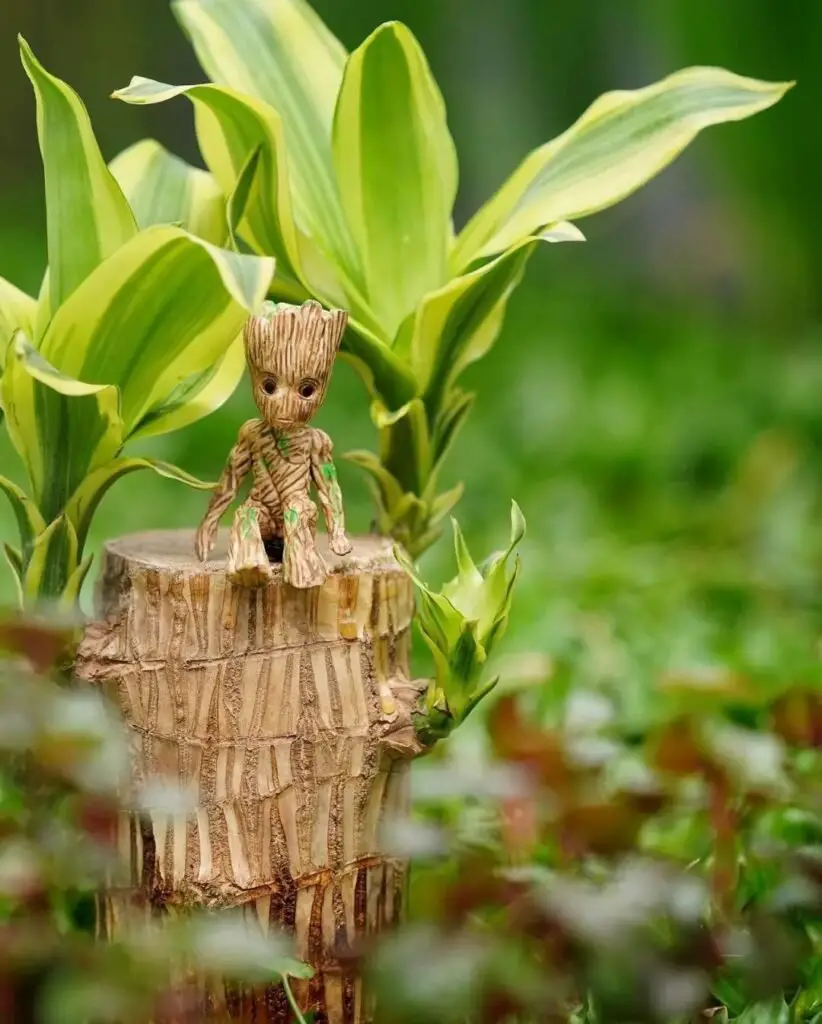Brazilian Wood, scientifically known as Caesalpinia echinata, is a tropical tree native to Brazil. To plant it successfully, choose a location with full sun to partial shade, well-draining soil, and protection from strong winds. Plant in spring, water regularly, and provide high humidity for optimal growth. This slow-growing tree requires patience and careful attention to thrive outside its native habitat.
Here is an information chart for Brazilian Wood, which typically refers to Pau-Brasil or Brazilwood:
| Category | Details |
|---|---|
| Botanical Name | Paubrasilia echinata (formerly Caesalpinia echinata) |
| Common Name | Brazilwood, Pau-Brasil |
| Plant Type | Deciduous Tree |
| USDA Hardiness Zone | 10-12 |
| Sun Exposure | Full Sun |
| Soil Type | Well-draining, Sandy or Loamy Soil |
| Watering | Moderate; prefers moist but well-drained soil |
| Growth Habit | Upright, Spreading |
| Height/Spread | Can grow up to 40-50 feet tall with a spread of 20-30 feet |
| Special Features | Ornamental tree, produces a red dye (brazilin), historically significant, yellow flowers, drought-tolerant once established |
Introduction to Brazilian Wood

Brazilian Wood, also known as Pernambuco or Pau-brasil, is a historically significant tree that gave Brazil its name. As an expert in tropical plants with over 20 years of experience, I’ll guide you through the process of planting and caring for this unique species.
Understanding Brazilian Wood
Brazilian Wood (Caesalpinia echinata) is a flowering tree in the legume family. It’s prized for its dense, orange-red heartwood, traditionally used in making high-quality violin bows.
For more information on the historical significance of Brazilian Wood, visit the Botanical Garden of Rio de Janeiro’s page on Pau-brasil.
Planting Brazilian Wood
Choosing the Right Location
Select a spot with:
- Full sun to partial shade
- Protection from strong winds
- Well-draining soil
- Ample space for growth (can reach 30-40 feet tall)
Soil Requirements
Prepare the soil by:
- Ensuring good drainage
- Aiming for slightly acidic to neutral pH (6.0-7.0)
- Adding organic matter to improve fertility
For more on soil preparation, check out Cornell University’s Soil Health Manual.
Planting Process
- Dig a hole twice the width of the root ball and as deep
- Place the tree in the hole, ensuring it’s at the same depth as in its container
- Backfill with soil, firming gently
- Water thoroughly
- Apply a 2-3 inch layer of mulch around the base, keeping it away from the trunk
Caring for Brazilian Wood
Watering
- Water deeply and regularly during the first growing season
- Once established, water during dry spells
- Avoid overwatering, as it can lead to root rot
Fertilizing
- Apply a balanced, slow-release fertilizer in spring
- Avoid over-fertilizing, which can lead to excessive foliage growth at the expense of overall health
For guidance on fertilizing trees, visit the University of Florida’s IFAS Extension page.
Pruning
- Prune in late winter or early spring to shape and remove dead or crossing branches
- Avoid heavy pruning, as Brazilian Wood is slow-growing
Pest and Disease Management
Brazilian Wood is generally resistant to pests and diseases, but watch for:
- Root rot in poorly draining soils
- Scale insects
- Leaf spot diseases in humid conditions
For more information on tropical tree diseases, check out the University of Hawaii’s page on Plant Disease Management.
Special Considerations
Climate Adaptation
Brazilian Wood is native to tropical climates. In cooler regions:
- Grow in containers that can be moved indoors during winter
- Provide additional humidity through misting or humidity trays
- Protect from cold drafts and frost
Conservation Status
Brazilian Wood is listed as an endangered species due to overexploitation. When purchasing:
- Ensure plants are from legal, sustainable sources
- Consider supporting conservation efforts
For more on the conservation of Brazilian Wood, visit the IUCN Red List page for Caesalpinia echinata.
Planting Brazilian Wood can be a rewarding experience for gardeners interested in unique and historically significant species. While it requires specific conditions and careful attention, the beauty and rarity of this tree make it a worthwhile addition to suitable gardens. Remember, patience is key with this slow-growing species. By providing the right conditions and care, you can help preserve this important piece of botanical heritage.
For more detailed information on tropical tree cultivation, visit the Food and Agriculture Organization’s Tropical Forestry page.
For more gardening tips and plant care guides, visit usagardenhub.com.


I lost my directions that I got.What’s my plant. One end has some kind of like plastic around it, and the other end is just like the normal wood. Which one goes in the water? It doesn’t seem like it’s doing anything.I don’t know if I have it upside down. They sent me a plastic tray, but I changed it to glass. Please help me, thank you.
For your Brazilian Wood cutting, place the plastic-wrapped end in the water, as that’s where the roots will grow, and keep the other end (without plastic) above the water. Put the cutting in a glass container with the water covering just the plastic-wrapped part. Change the water every few days, and place the cutting in a bright spot, avoiding direct sunlight.